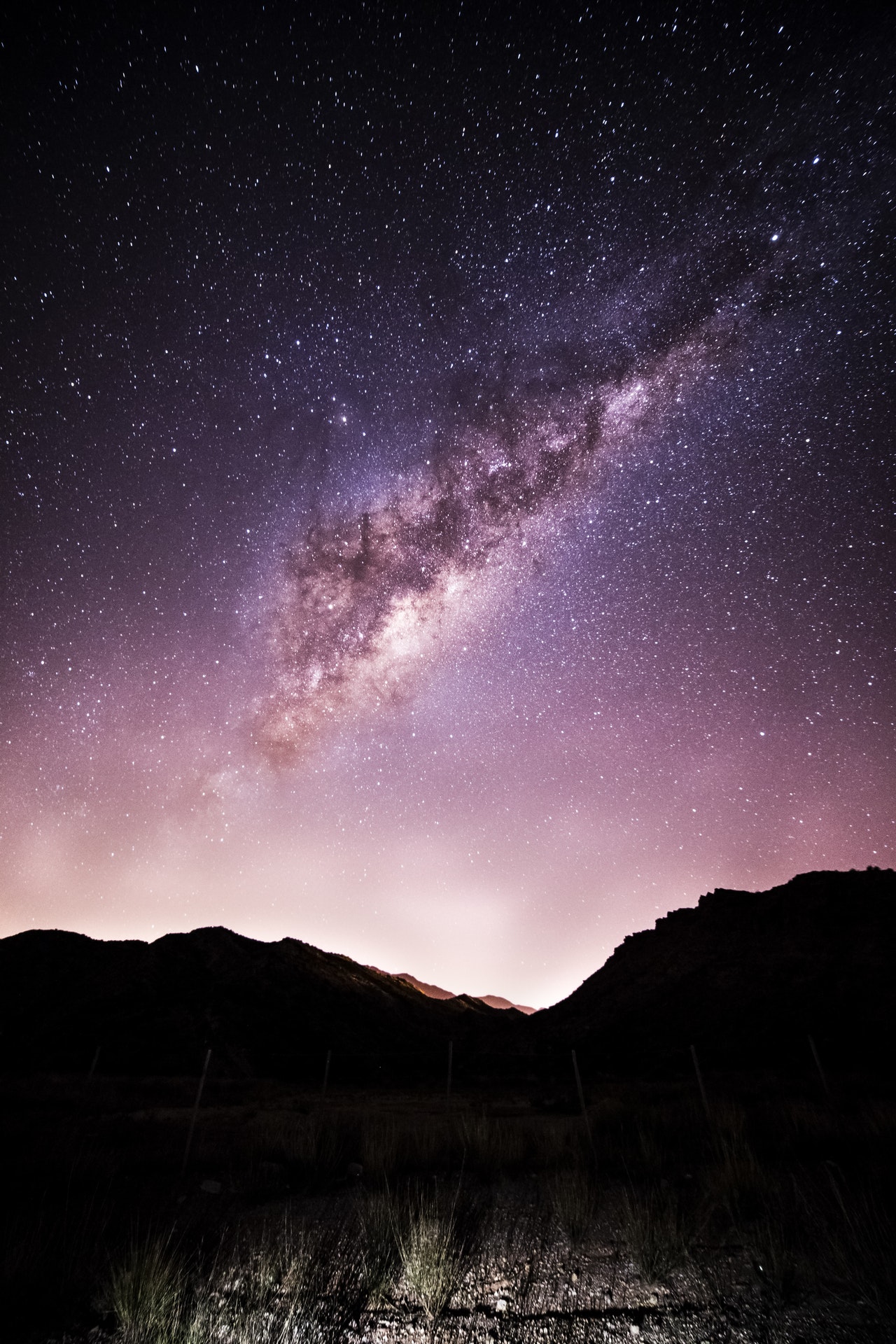
NASA released some awesome new pictures today from the Hubble Space Telescope to celebrate its 30 years in operation.
As you would expect, we’ve got a wealth of new pictures of everything from stars to entire collections of them in the form of galaxies.
These images will be added to the Caldwell catalog which draws inspiration from 18th-century French astronomer Charles Messiers’ own record of the heavens.
From NASA’s description, “The Messier catalog, begun by astronomer Charles Messier in the 18th Century and revised over the years, includes some of the most fascinating astronomical objects that can be observed from Earth’s Northern Hemisphere. Among them are deep-sky objects that can be viewed in stunning detail using larger telescopes but are also bright enough to be seen through a small telescope. This characteristic makes Messier objects extremely popular targets for amateur astronomers possessing all levels of experience and equipment. They are so popular, in fact, that they have inspired a special award from the Astronomical League (an organization for amateur astronomers) given to observers who are able to spot each of these objects. Those who succeed receive a certificate and are given the distinction of being in the Messier Club.”
The Caldwell collection consists of 109 objects observable by a small telescope, Engadget reports. That website reports that the additional 30 pictures, the Hubble output consists of 87 of the 109 objects in that collection.
Just in case you didn’t know, pictures taken of objects in space is a different process than we know here on Earth.
As NASA explains:
“Unlike a digital camera that takes a single photograph in red, green and blue light to create a single full-color image, Hubble takes monochrome images at specific wavelengths of light. These specific wavelengths can reveal characteristics of an object that are of scientific interest, such as the presence of a particular chemical element. Multiple observations at different wavelengths can be combined to form a single image that reveals all of these characteristics at once but doesn’t necessarily contain the full spectrum of visible light. In those cases, colors are assigned to each wavelength to highlight the different characteristics, offering a deeper understanding of the object’s properties.”
You can explore the new additions to the collection at this link.
For those of you that might recall, one of the bigger stores that we covered last week was the collapse of Arecibo. If you missed that article you can check it out right here.
What do you think of the Hubble telescope and its long history of providing the world with breathtaking and scientifically illuminating images? What is the future for such projects? Let us know your thoughts in the comments section below.
Don’t forget to check out our other photography news on Light Stalking at this link right here.
[PetaPixel]
Light Stalking https://ift.tt/3r1xBLE
Sourced by Time Trap Photography sharing the best photography tips, news and tricks throughout the industry. Time Trap Photography is dedicated to freezing those special moments in life that can be revisited and admired for generations to come. - Shannon Bourque
Please visit our main site for booking availability and rates.

Receive valuable industry knowledge delivered free to your email each day.






No comments:
Post a Comment
Thank you so much for your comment. A moderator will review and approve all relevant posts. We appreciate your support and encourage you to stay with us by subscribing to our email updates. Where you can easily pick and choose what photography subjects interests you. Subscription link: http://bit.ly/photo-sub